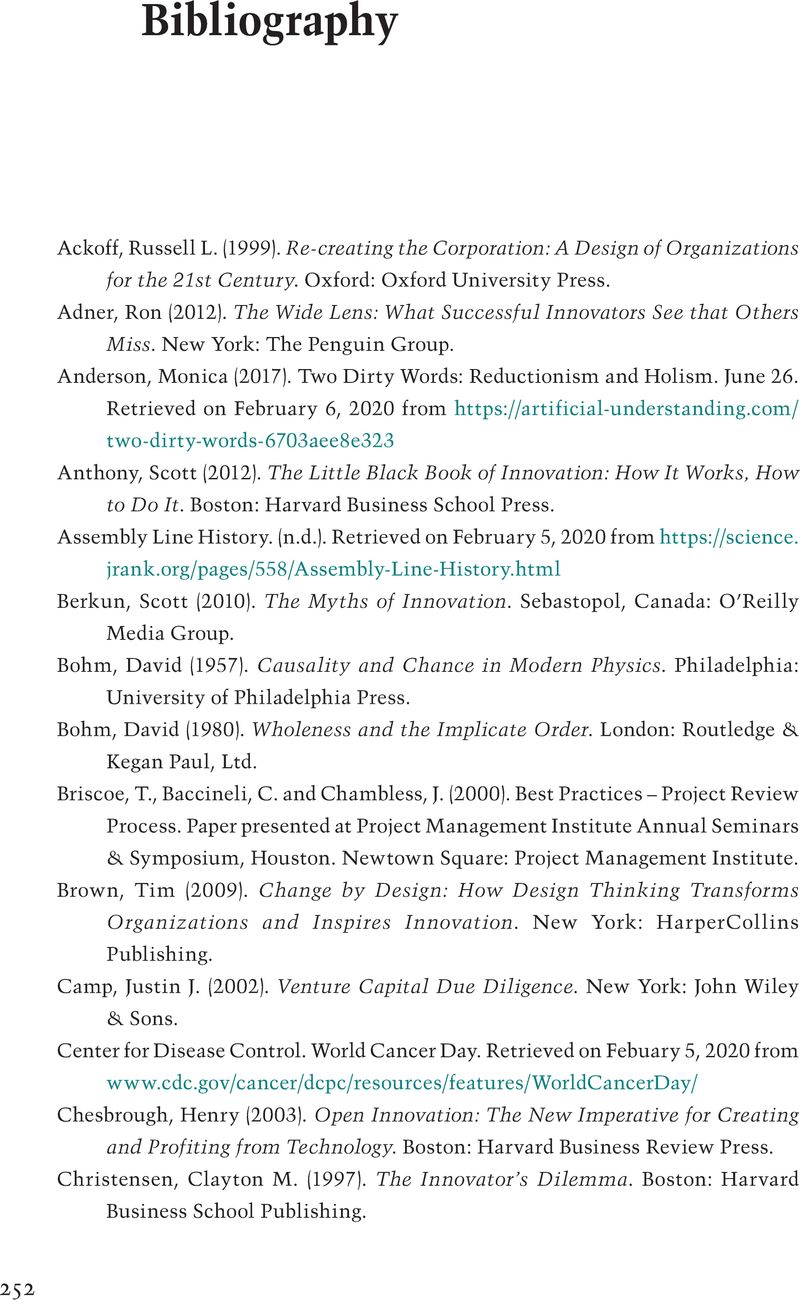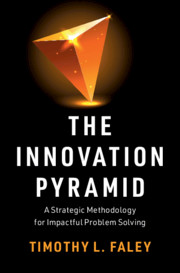Bibliography
Published online by Cambridge University Press: 30 December 2020
Summary

- Type
- Chapter
- Information
- The Innovation PyramidA Strategic Methodology for Impactful Problem Solving, pp. 252 - 259Publisher: Cambridge University PressPrint publication year: 2021

